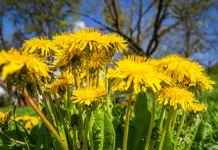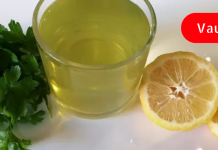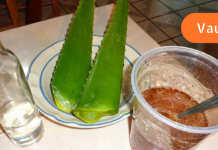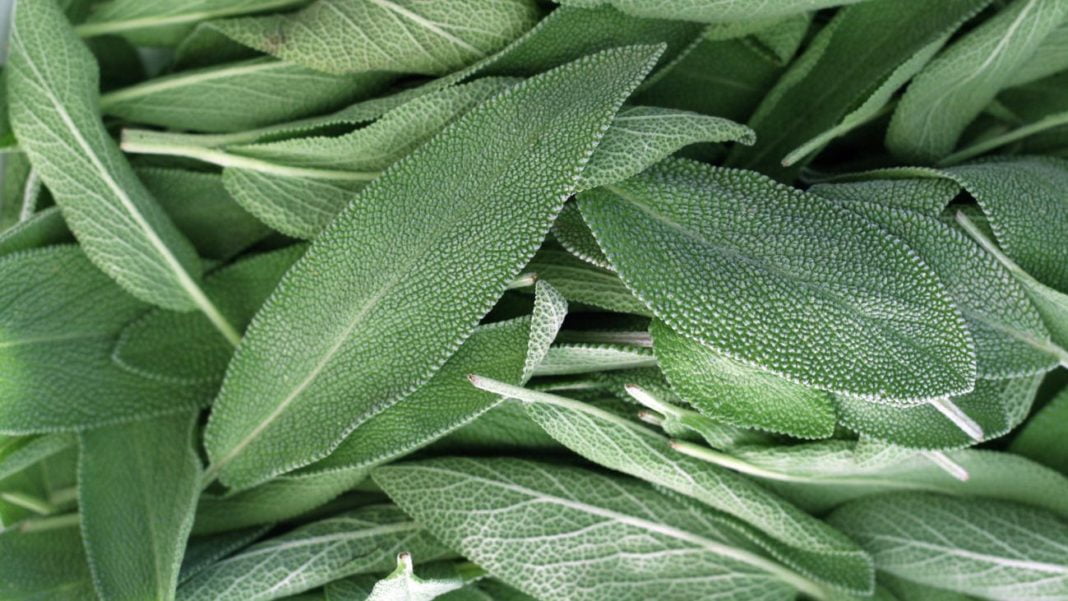I’ve heard a lot about the healing properties of sage over the years. But it wasn’t until I got truly curious that I took the time to thoroughly study its effects. What I discovered was impressive—sage is not just a common herb; it’s a powerful natural remedy with a wide range of medicinal uses.
Sage (Salvia officinalis) is a small perennial shrub that grows up to about 50 cm tall. It has strong roots and striking bluish-purple, pink, or white flowers. It is widely found throughout the Caucasus region. The parts of the plant used for medicinal purposes are its leaves, which are rich in beneficial compounds.
Sage is known to have antibacterial, anti-inflammatory, hemostatic (stops bleeding), expectorant, and calming properties. These qualities make it effective in treating a number of conditions, from simple colds to more complex digestive or hormonal issues.
Let me share a couple of personal stories that demonstrate its power.
Not long ago, my child was playing and swimming in a river. Unfortunately, he didn’t dry his hair well afterward. That evening, after we returned home, he felt chilled and began to cough. I tucked him into bed and started thinking about what I could give him to help.
I remembered that I had some sage leaves at home. I quickly prepared a warm infusion and began giving it to him. Within two to three days, all the symptoms were gone—no cough, no sign of illness at all.
Another time, my husband had a flare-up of gastritis. He was experiencing pain and bloating. I made him drink sage tea regularly for a few days, and it helped significantly. The pain eased, and the bloating disappeared.
Now I’d like to share a few tried-and-tested recipes with you—remedies that I have personally used and recommend:
For Colds and Flu:
Take 1 teaspoon of crushed sage leaves, pour 0.5 liters of boiling water over them, bring to a brief boil, and then remove from heat. Let it sit for 30 minutes, strain, and drink the infusion warm. Consume half a cup, 3–4 times a day, about 30 minutes before meals, until you recover.
For Bronchitis and Pneumonia (as a complementary treatment):
Take 1 tablespoon of crushed sage leaves, pour 1 cup of milk over them, and bring it to a boil. Remove from heat, let it sit for 10 minutes, then strain. Drink hot before going to bed. The treatment course is 10 to 14 days.
For Gastritis with Low Acidity and Bloating:
Take 2 tablespoons of crushed sage leaves, pour 1 cup of boiling water, let it steep for 1 hour, then strain. Take 2 tablespoons of the infusion three times a day, 15–20 minutes before meals. Continue for 10 to 14 days.
For Menopause and Heavy Bleeding:
Take 1 tablespoon of crushed sage leaves, pour 1 cup of boiling water, bring to a boil again, then remove from heat. Let it sit for 2 hours, strain, and drink a quarter cup, 4 times a day, 30 minutes before meals.
For Oral and Throat Infections (gingivitis, stomatitis, periodontitis, tonsillitis, laryngitis, pharyngitis):
As a complementary remedy to prescribed medications, take 1 teaspoon of crushed sage leaves, pour 1 cup of boiling water, steep for 30 minutes, strain, and use the warm infusion to gargle or rinse your mouth 3–4 times daily.
These natural treatments have helped my family on many occasions. Of course, sage should be used in addition to, and not instead of, any medications prescribed by your doctor. But its effectiveness as a natural support is hard to ignore.
This article is based on materials from the book “2000 Herbal Healing Recipes.”


















